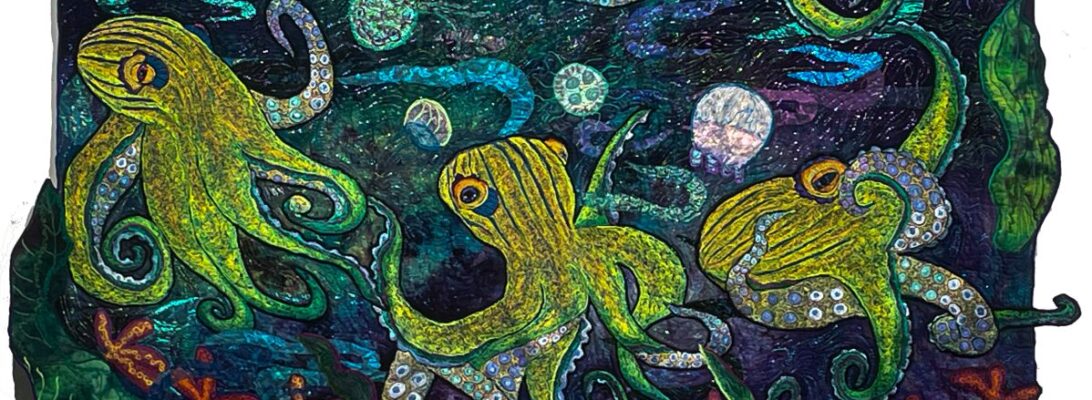
There’s a lot of repetition in any form of art. There’s that moment of ignition, those moments of planning, and pretty soon, you come down to those hours of creation. And they’re full of repetition. Small tasks over and over.
If it sounds like purgatory of a sort, it is. It’s infinately better than the hell of an overactive imagination on a bad day. Repetitious art has saved my life more than once.

Part of it is that repetitious actions put us in a different mode and zone. It’s been called right brain thinking, but I think it needs the reinforcement of physical action, particularly action that doesn’t take a lot of thought.

It may be borking but like everything there is an upside. Art is about need. Need to express yourself, need to fill up space, need for stimulation all turns itself into artwork, given the right emphasis. How would I know? What do you think?’
I’ve kind of had a tough couple of months, but it’s been mostly about friends. We’re all in that just-turned-70 club. Paul Simon was right. “How terribly strange to be seventy.” It is. All of a sudden there are serious things wrong with all of us.v All of a sudden we’re old.

There’s nothing to be done about it. Time doesn’t stop. The warantee runs out. We’re all there, in a way. All we can do is to refuse to run away from each other, no matter how bad it gets.
I’m trying to figure out what I do with this. If you’re one of the people I’m talking about, you can know this. I won’t run and I won’t hide. We’re in this together.
Thank God for repetition. For mindless tasks that eventually build art. They also bring quiet, piece, peace and courage.
On the other side, enough blue, purple, orange and yellow is an excellent color therapy. Color really is an antidepressant.












































































